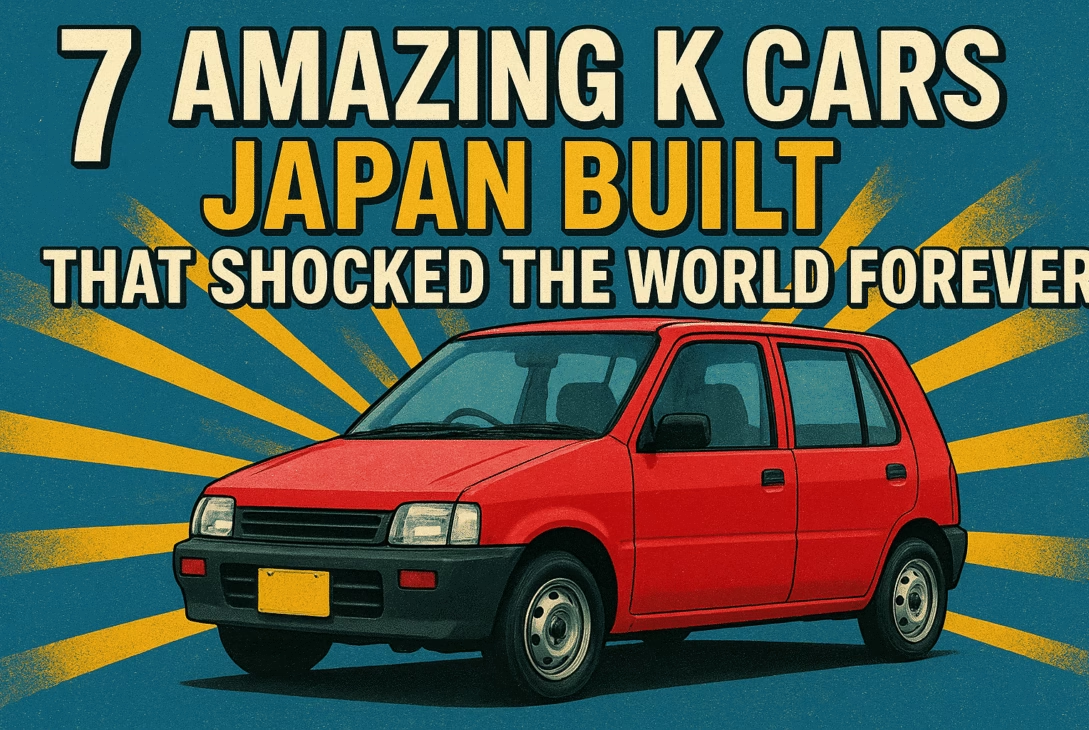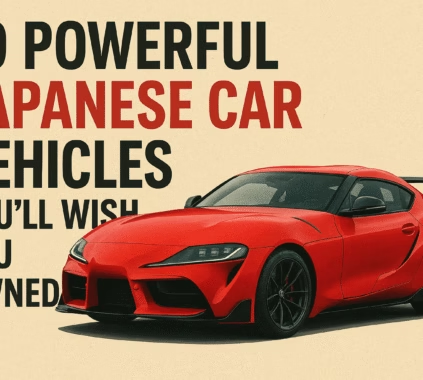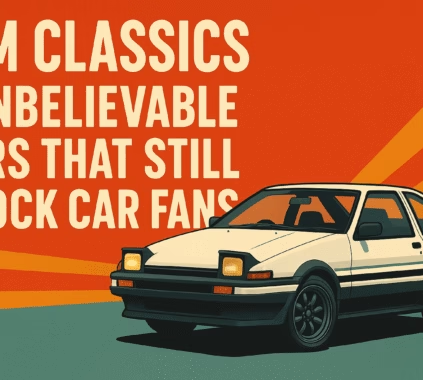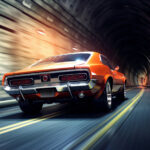Japanese cars are often associated with superfast Skylines, Hondas, and the legendary NSX.
However, Japan has developed a range of unique cars and K Cars Japan (is one of them) that are tax-friendly and compact that changed the saying of “bigger is better”.
In the following essay, I will provide intricate details of the K Cars Japan built that blew the world away with the creativity, engineering prowess, and motorsport heritage and examine why they are still significant today.
Table of Contents
To understand what K Cars Japan or Kei cars are, they are Japan’s ‘light’ vehicles classified under ‘keijidōsha’ (light motor vehicles).
The vehicles have limitations on size and engine displacement, but the taxes and insurance for them are minimal, so manufacturers pack them with as much fun, styling, and creativity as possible.
For an overview of what kei cars are today and what significance they hold, refer to Motor Trends overview on kei cars.
Why K Cars Japan (and still does) surprised the world
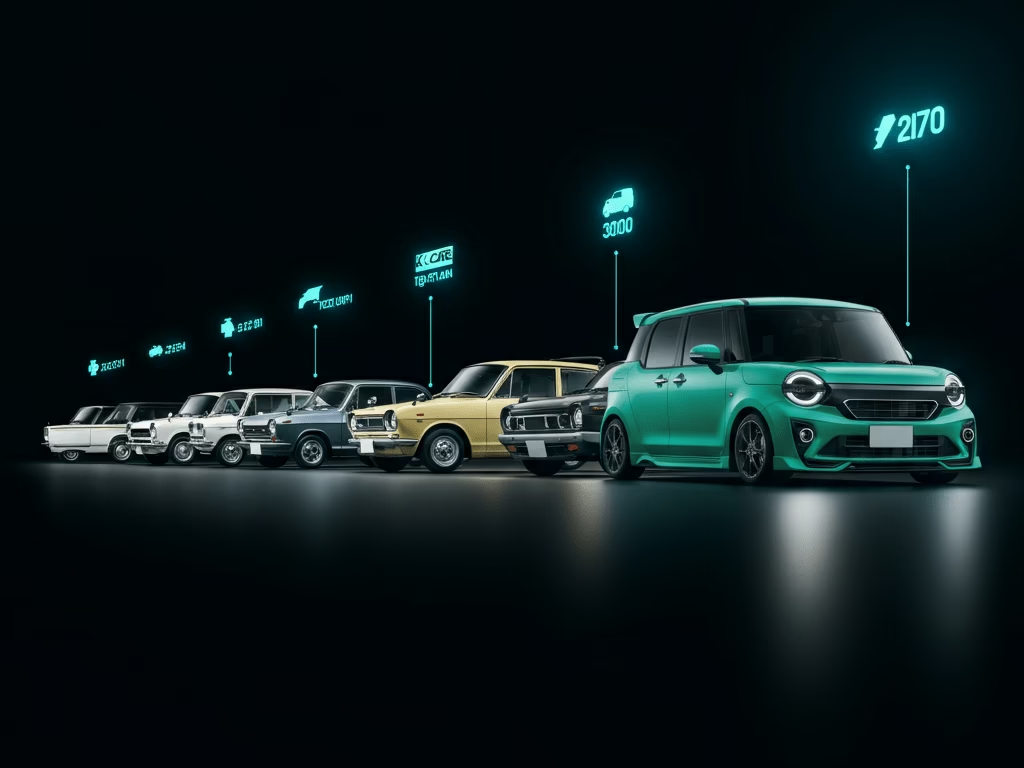
From an engineering perspective, a few simple facts are important for evaluating these machines:
The kei car limits engine displacement (modern limit ~660cc) and vehicle dimensions. In this case, a divergent thinking (or outside-of-the-box) approach is the best method to use: super light weight chassis, highly-revving small-block engines, brilliant miniaturization, and extraordinary ‘different’ cars.
The cars gained extreme popularity due to Japan’s high population density and the way light vehicles were taxed.
The bizarre characteristics and possible performance upgrades gained a small cult following outside the country.
Car and Driver follows the changing laws and regulations for importing and driving these vehicles outside Japan.
Now, here are the seven cult-K Cars Japan has to offer.
1.Suzuki Cappuccino a 660cc roadster that felt like a full-size sports car.
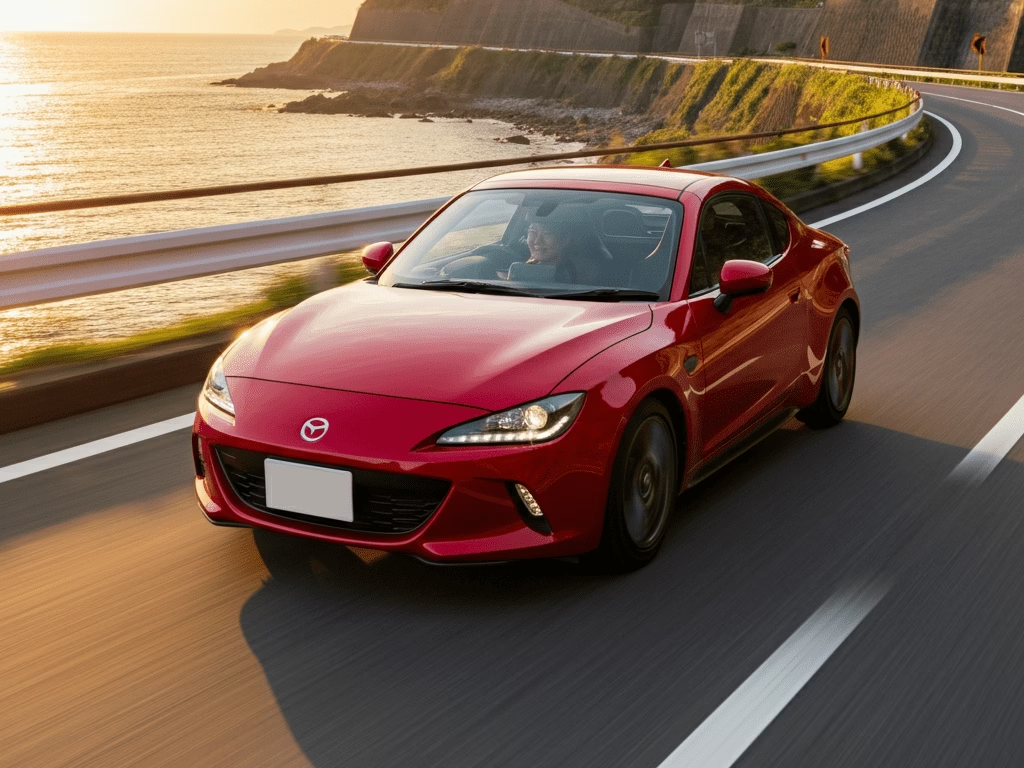
The Suzuki Cappuccino is undeniably one of the most elegant responds to the question: What happens if you make a proper sports car but force it into kei rules? Launched in 1991, the Cappuccino was a front-mid engine, rear wheel drive 2 seater with a turbocharged 657cc three cylinder.
It produced the max allowable output for its class and, even more impressively, delivered balance, revs, and a chassis that could smile on a twisty road.
Why it shocked:
- The car was packaged like a tiny roadster but with true sports car weight distribution.
- A removable hardtop plus soft-top configuration gave it versatility.
- It proved that K Cars Japan could be produced with sports car purity rather than just economical.
For detailed research on the design of the Cappuccino and the enduring interest of collectors, I recommend the Cappuccino guide of Octane Magazine as an excellent starting point.
2.Honda Beat A tiny Mid-Engined thrill machine with a designer pedigree
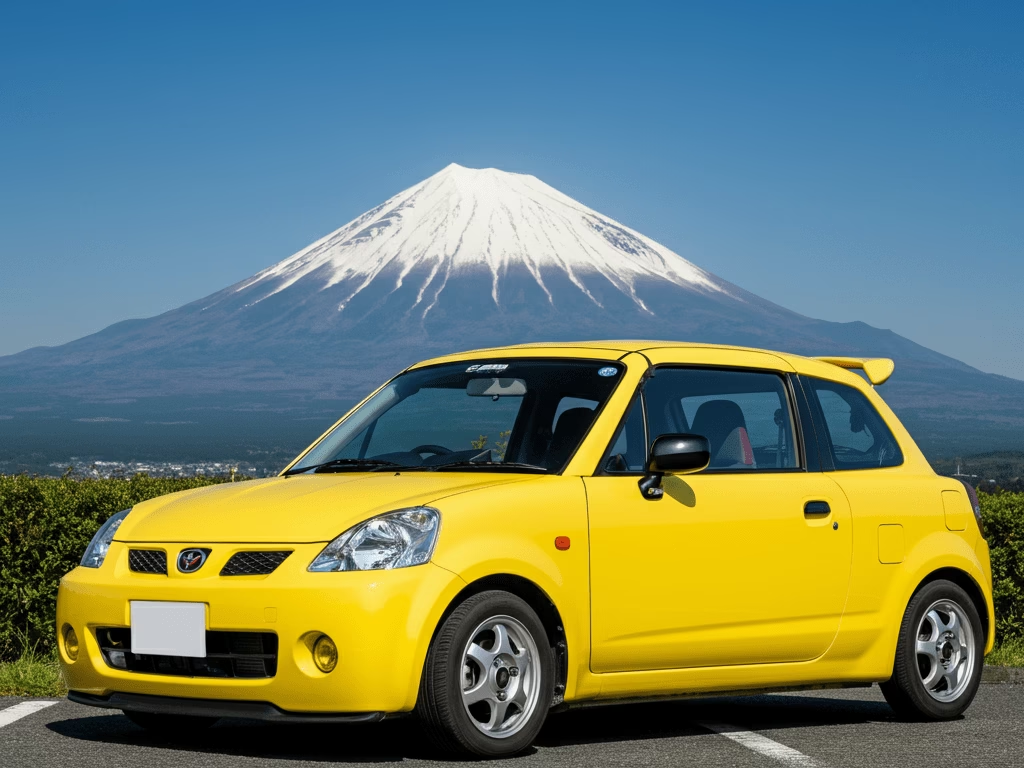
Honda’s Beat is pure JDM poetry, with its mid-engine, rear-drive kei roadster, Pinin Farina design, and Honda engineering.
Launched in 1991 and produced until 1996, the Beat boasted the MTREC high rev small 3-cylinder that paired with a chassis that was light and giggly, making it one of the most fun micro-roadsters ever made.
Why it shocked:
- Despite 660cc limitations, it still had an echo of Honda big-sibling performance DNA (imagine a baby NSX spirit).
- The adding lore is it was the last car approved by Soichiro Honda.
- 33,600 produced on record; a rare vehicle that collectors all over the globe are searching for.
Autozine’s profile is one of the best sources available to fully understand the technical and cultural legacy of The Beat.
3.Mazda Autozam AZ-1 on a kei-platform gullwings. Theatrical and brilliant
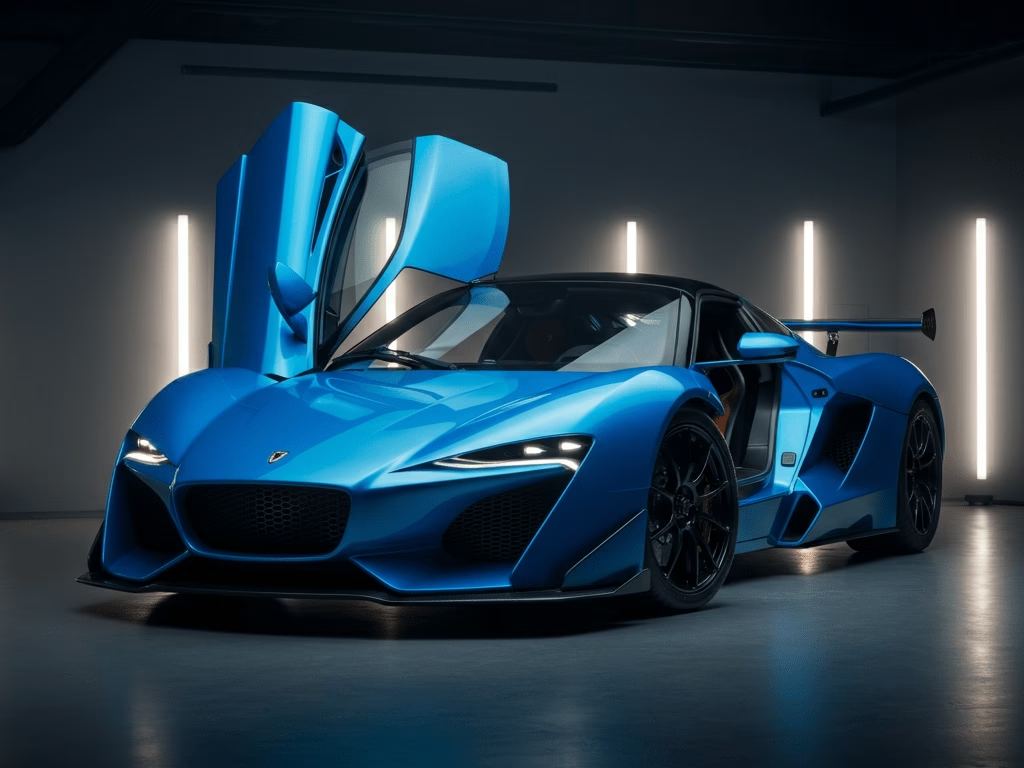
Considered by many as the most theatrical creation in the world of K cars Japan, the Autozam AZ-1 is one absolute breathtaking piece of machinery.
Manufactured in the early ’90s, the AZ-1 is a mid-engine kei coupe that comes with gullwing doors.
The design is a work of art, as it closely resembles the type of cars seen in anime.
Why it shocked:
- Unforgiving and unapologetic. A gullwing door system on a 3.3-meter car with a 657cc turbocharged engine.
- Gave it exotic-car proportions, RMR layout.
Limited production & extreme styling = instant cult classic.
If you are looking for a good source that provides the specs along with the production context, Mazda AZ-1 retrospectives are great.
4.Subaru Vivio RX-R the kei that stealthily became a rally champion
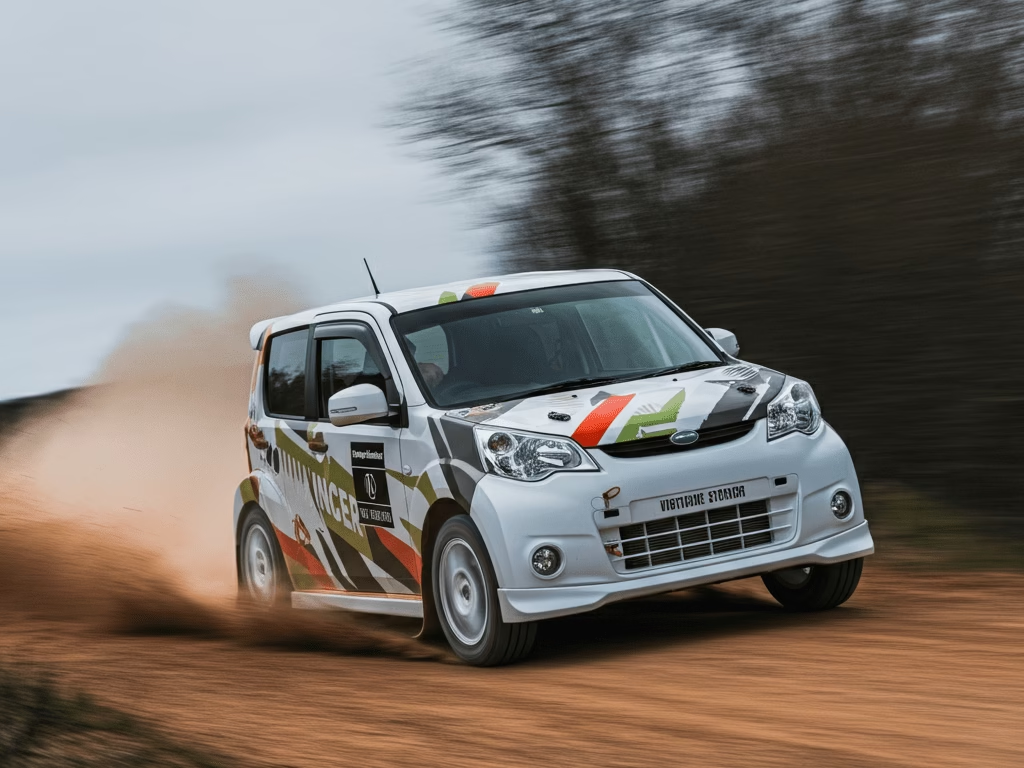
While the Subaru Vivio is rather bland in comparison to the AZ-1 and cappuccino roadsters, the RX-R/Super KK variations competed well above class expectations.
Subaru was clever enough to transform a domestic compact model into a fierce rally champion, proving that K cars Japan were nothing to take lightly.
Why it shocked:
- The Vivio RX-R’s supercharged engines enabled serious torque for its size.
- The Vivio’s clever packaging proved econo-cars could be engineered for performance and durability.
A good primer on Vivio’s evolution and motorsport role is available in multiple retrospectives, including entries on Subaru model histories.
5.Daihatsu Copen the modular kei roadster that reimagined customization
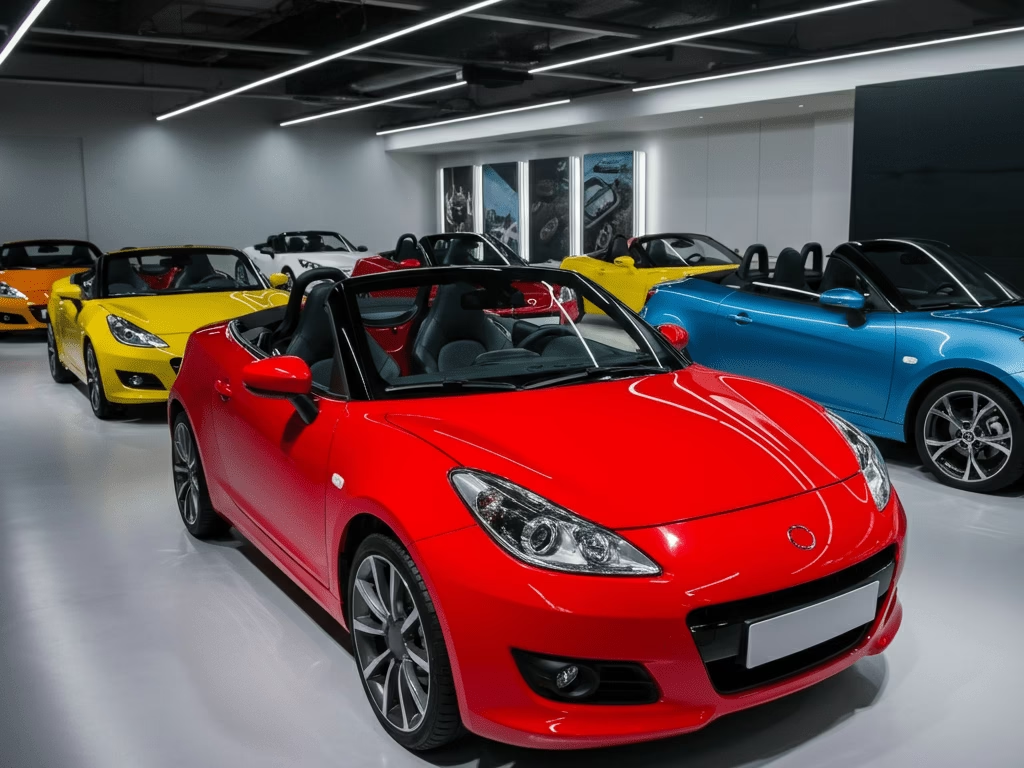
Daihatsu took a different approach make a tiny roadster that’s also a personalization platform.
The Copen, first seen in 2002, blended cuteness with a surprisingly high-quality driving experience.
Later generations focused on modular body panels and a “kit” approach so owners could make the car feel custom-built.
Why it shocked:
- It turned the kei roadster into a lifestyle product interchangeable panels, bright colours, and strong aftermarket culture.
- Despite being a kei car, the Copen delivered satisfying dynamics and a usable convertible experience.
- Daihatsu’s second-generation modular design proved kei cars could be both collectible and endlessly customizable.
The history and enthusiasm guides tell us that Copen’s changes and engineering decisions are well researched and relevent.
6.The S660 is Hondas new replacement that stayed true to the origin mid engine dream.
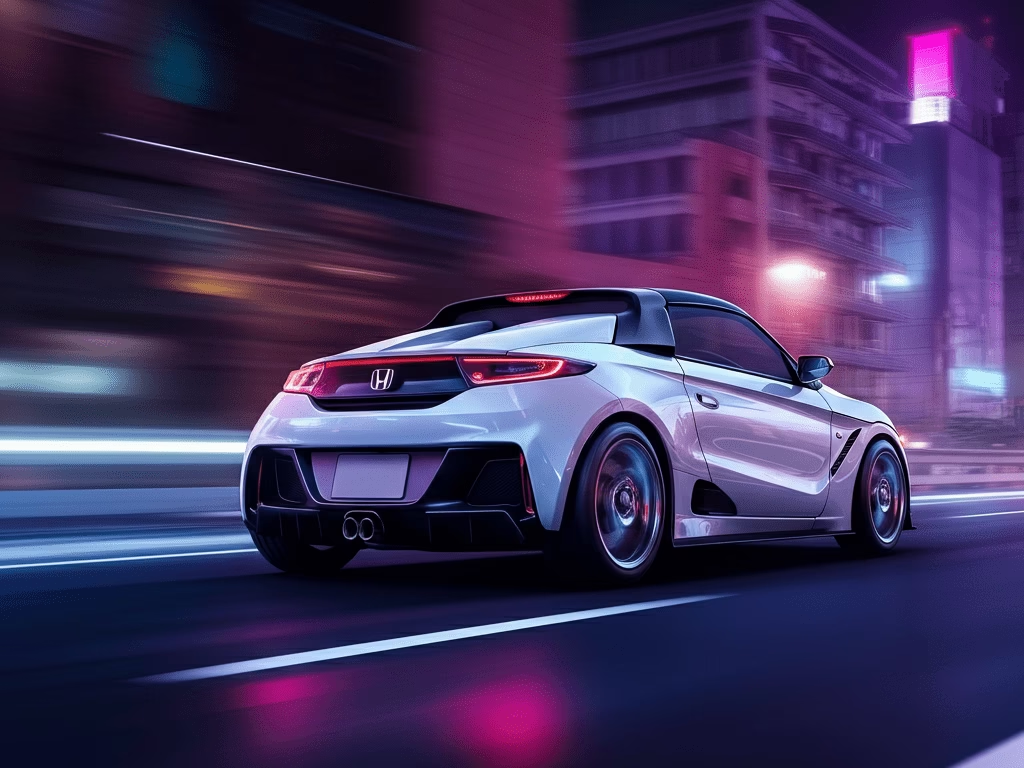
During the 2010s, Honda brought back the S660 and combined it with modern refinements which enhanced his small mid engine sports car’s.
The S660 still had the mid engine, paired with rear wheel drive, and had a modernized turbo 660cc engine which resulted into a sporty chassis.
Its a new-age version for the beats legacy.
WHY IT SHOCKED.
- It showed that the mid engine kei roadster wasn’t just a one-off 1990’s season.
- The modern chassis technology, safety concerns, and the feasibility of the cabin all contributed to the S660 being a well refined micro sports car.
- The S660 sparked new interest for mini sports all over the globe and it also proved that manufactures could still keep their creativity with small restrictions.
7.The Suzuki Alto Works and other hot hatch like kei models,

Tuners appreciated these cars because of their light weight, affordable pricing and reactivity.
Why it shocked:
- Demand for many aftermarket parts for DIY performance skyrocketed because it was possible to enter motorsport with these budget-friendly cars.
- It shattered the notion that spirited driving was only the reserve to enthusiastic motoring for premium two-seaters.
- The Alto Works helped shattered the notion that K Cars Japan were only good for commuting and not for competing.
AutoExpress and the Goodwood editorial roundups are thorough resources for lists and comparisons of the best kei performers.
What makes these seven cars especially significant? A brief analysis.
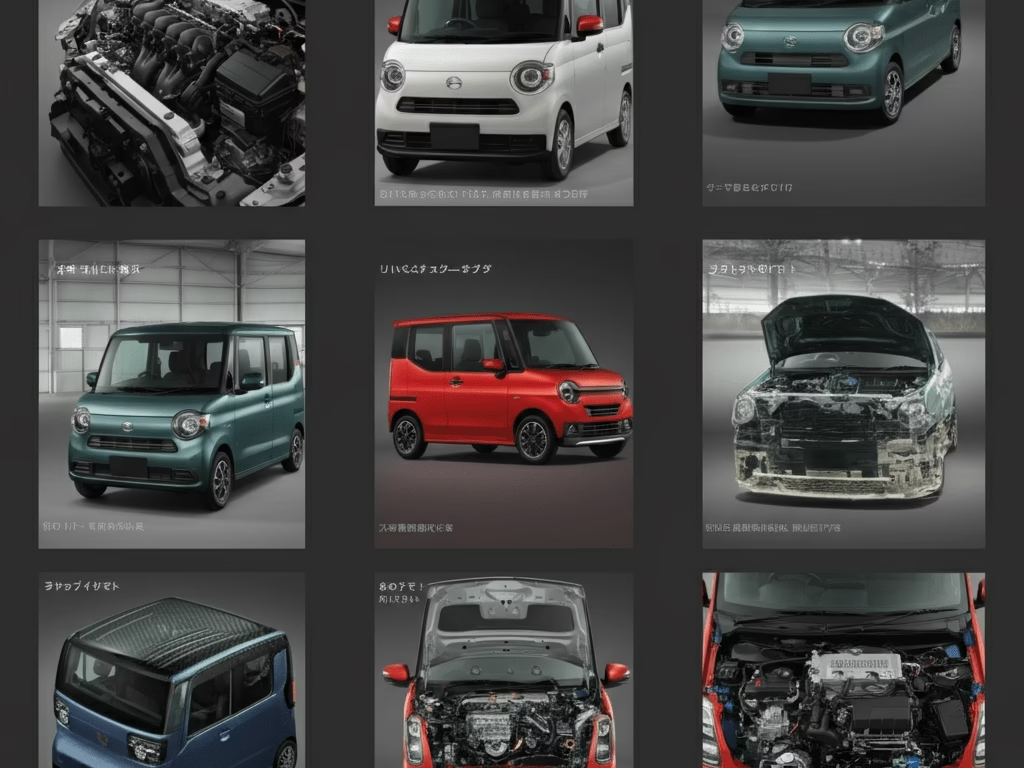
The K Cars Japan are perfect examples of how boundaries can inspire creativity in engineering instead of stifling it.
- Turbocharging, weight savings, and smartly configured packaging routine responses to the displacement limit.
- Their charm automobiles are not only vehicles, they are distinctive examples of Japanese design: small, highly efficient, joyful, and sometimes strange.
- Global influence stems from the uniqueness-driven overseas curiosity, legislative shifts (imports/registrations), and inspired designers all over the globe to think smaller and smarter.
Check out Car and Driver to see how kei vehicles are beginning to gain attention outside of Japan.
Buyer’s guide practical notes (in case you wish to import one)
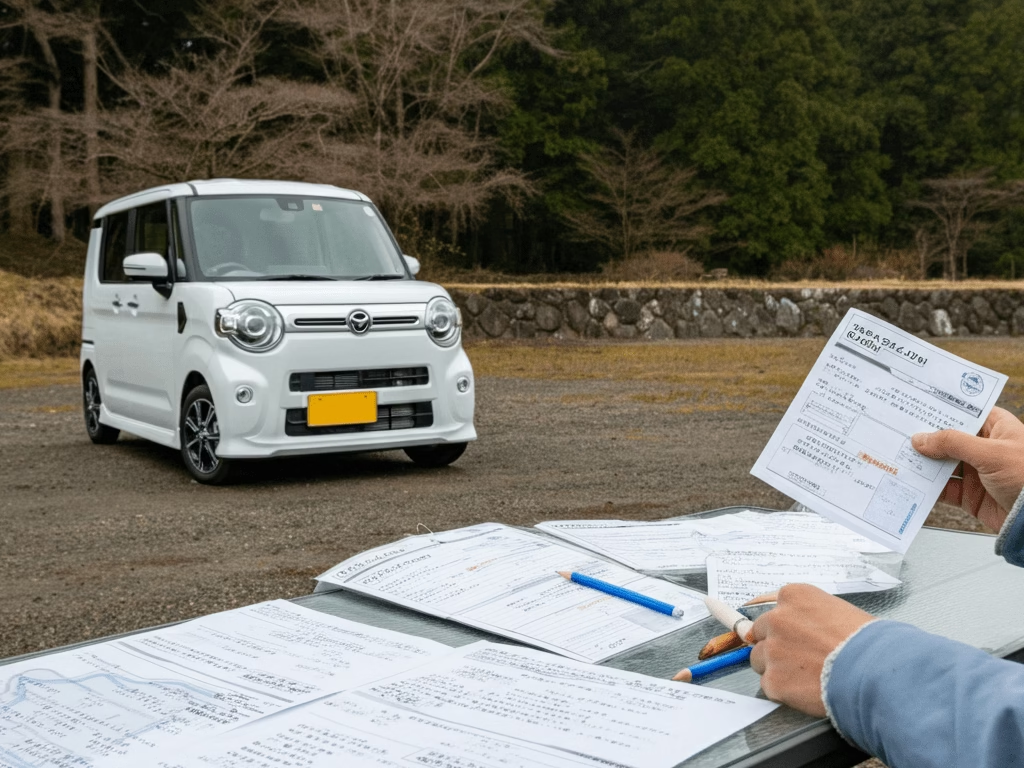
A practical aspect to note is the age and import rules. In many countries, one can import under a 15–25 year rule. Please check local DMV regulations.
- Parts & service: Many specialist enthusiast shops and forums cater to owners of some models, which include the Beat, Cappuccino, and AZ-1.
- Safety & Sutiability: kei cars are more appropriate for Japanese roads and the local safety laws, and can also be less protective in crashes according to modern regulations, which is something to think about if you are going to use it daily.
- Insurance & ownership costs: imported ownership costs vary, but the joy comes from the low running costs in Japan. In Japan, kei vehicles are taxed and insured for lower costs.
- Community & Events: These also offer vibrant communities for owners of K Cars Japan like rallies, which are excellent for sourcing parts and expertise, along with meets and swap meets to gather and share.
How K Cars Japan still influence modern design
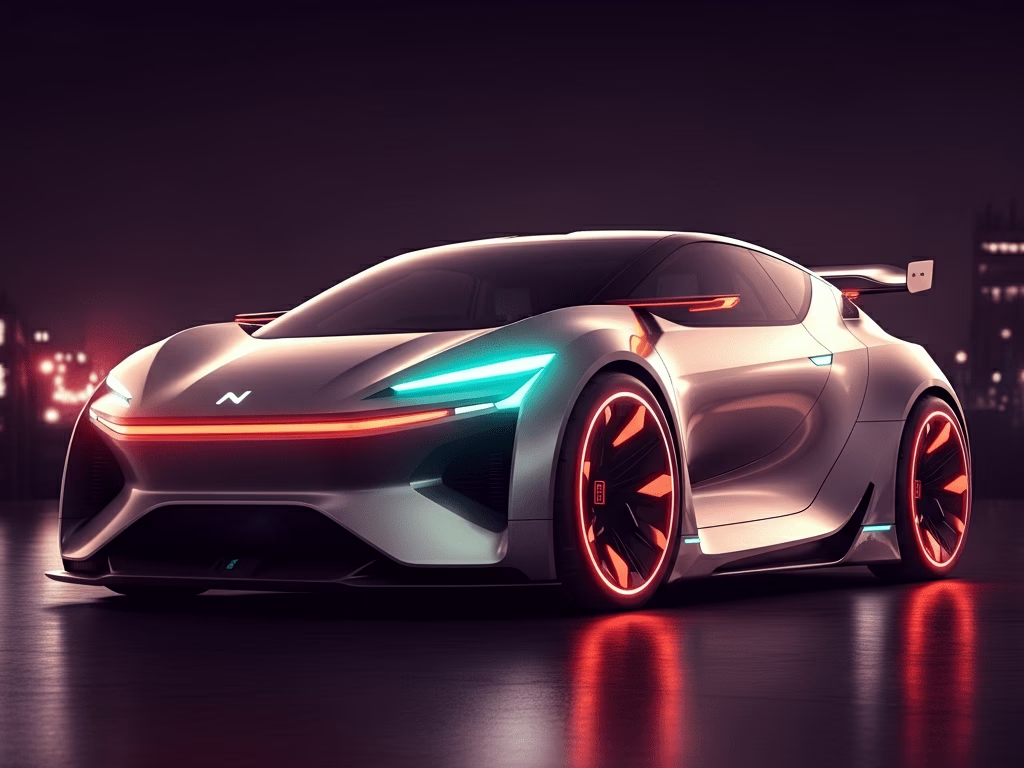
Don’t dismiss kei cars as mere curiosities of culture. The ability to extract performance and personality from small packages has real world implications.
Urban mobility, EV microcars, and modular design thinking kei tradition. Small, efficient vehicles offered increasing appeal for urban transport and last-mile delivery.
The K Cars Japan design playbook offers a fast-start advantage. For different perspectives in the modern industry regarding tiny cars, see MotorTrend’s features and Car and Driver’s coverage on kei policy shifts.
Quick specs cheat-sheet (high-level)
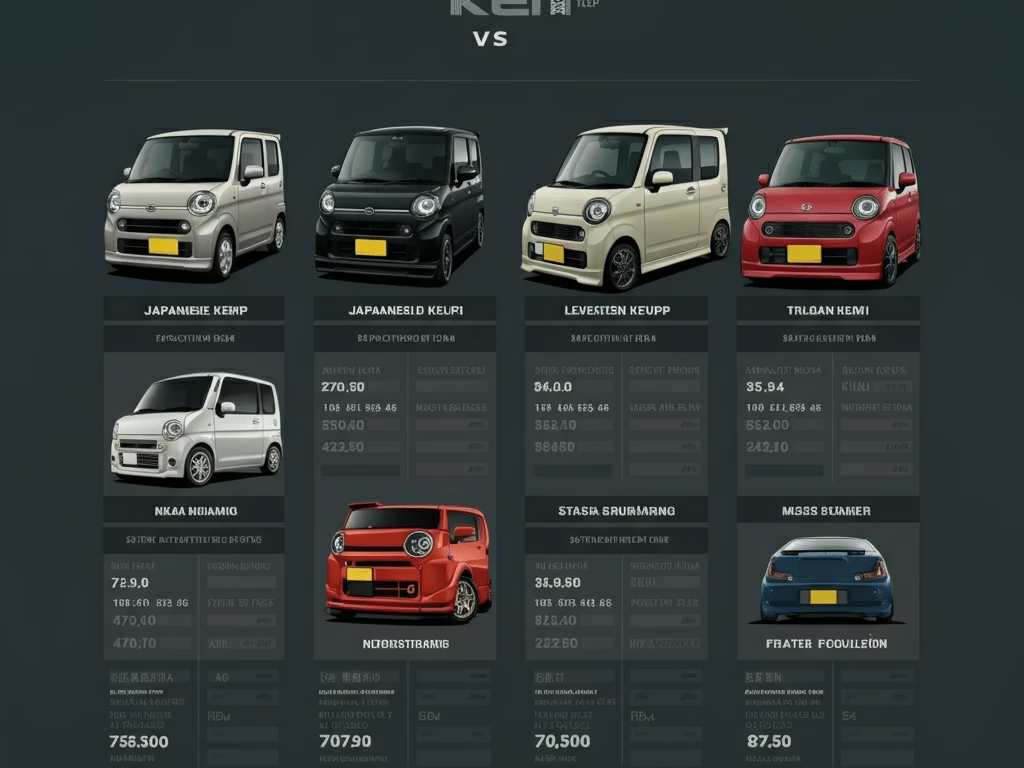
- Suzuki Cappuccino 657cc turbo, RWD roadster, 1991–1998.
- Honda Beat 656cc MTREC, mid-engine RWD, 1991–1996.
- Autozam AZ-1 657cc turbo, gullwing RMR, 1992–1994.
- Subaru Vivio RX-R 658cc supercharged variants, 1992–1998, rally history.
- Daihatsu Copen 660cc turbo (kei), modular design, 2002–present (with gaps).
- Honda S660 658cc turbo mid-engine, 2015–2022 (modern kei sports gift).
- Suzuki Alto Works / Alto Turbo RS lightweight, hot-hatch kei winners (various eras).
Final thoughts why K Cars Japan still matter to enthusiasts
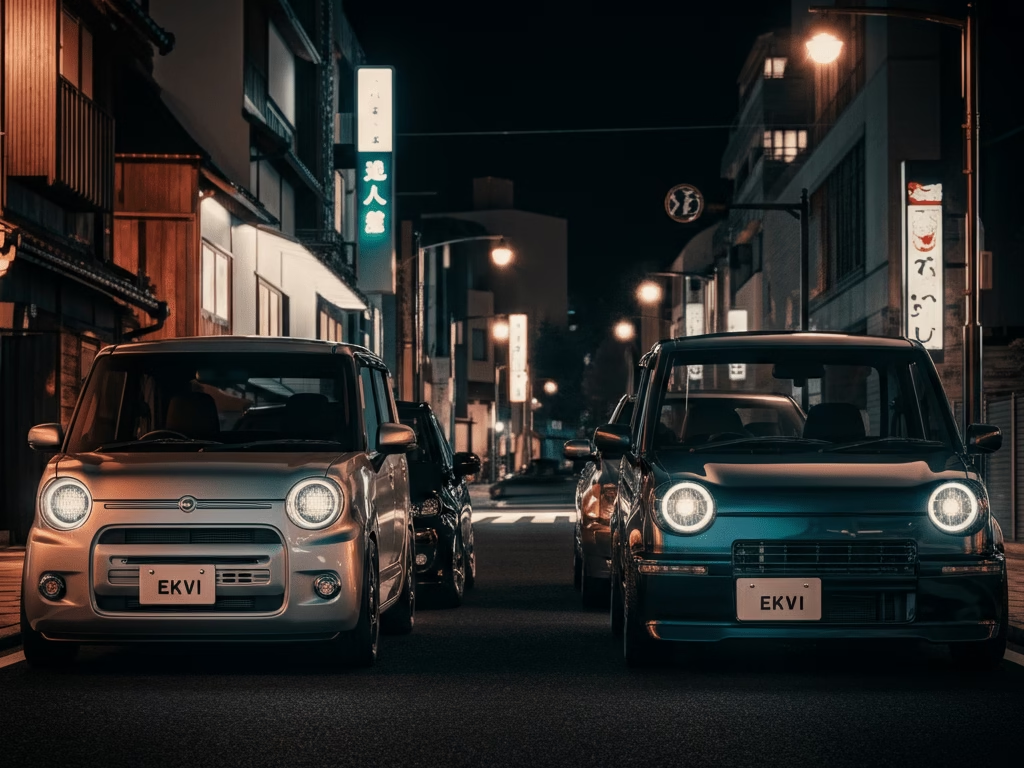
Every lifelong lover of JDM culture, including myself, must recognize that K Cars Japan, as an industry, far exceeded expectations in performance and innovation.
The engineers were given a task to to can do more with less. The designers were given space to stretch their imagination.
The communities built focused on creativity rather than utility. For the tiny gullwing, revival mid-engine roadster, or a turbocharged daily driver that feels alive, the kei world has something.
FAQS
1.What are K Cars Japan and why are they so popular?
K Cars Japan, or so-called kei cars, are compact automobiles developed to conform to Japan’s dimension and engine regulations. Their low price, unmatched economy, and dexterous engineering to tailor fit city life is the reason why the automobiles are popular.
2. Which are the most amazing K Cars Japan ever built?
Among the most incredible K Cars Japan produced are the Honda Beat, Suzuki Cappuccino, Daihatsu Copen, and autozam AZ-1. These small cars garnered worldwide attention for the performance, design, and novelty they offered.
3. How did Japan’s K Cars revolutionize the global automotive industry?
Japan’s K Cars transformed global automotive thinking by illustrating that small cars can be powerful, fashionable, and fun to drive all in one package. These cars were the first of their Kinds to introduce compact engineering, and as such, drove engineering innovative all over the world.
4. Are K Cars Japan available outside of Japan?
Indeed, K Cars Japan models can be found at JDM import dealers around the world. These automobiles are popular among enthusiasts in the USA, UK, and Australia for their unique design, reliability, and rarity.
5. What makes Japanese K Cars different from regular small cars?
Japanese K Cars are built under the the size and engine capacity classification (660cc max). However, unlike typical small cars, K Cars are designed mainly for Japan’s urban developments. K Cars are optimally designed for Japan’s urban roads, and they cost less in tax and insurance compared to typical cars.
6. Why do car collectors love K Cars from Japan?
Collectors adore K Cars from Japan due to the appealing characteristics, precision in engineering, and their small production numbers. K Cars, such as the Autozam AZ-1 and Honda Beat, are sought out JDM cars that are appreciated globally.
7. Are K Cars Japan good for modern driving?
Definitely. Plenty of K Cars from Japan now have new K Cars Japan filled with contemporary amenities, such as hybrid engines automatic transmissions, and infotainment systems, which are ideal for modern, urban, and environmentally friendly driving.
8. Which K Car Japan model shocked the world the most?
The Autozam AZ-1 is often considered the most shocking K Cars from Japan. The AZ-1 has mid-engine construction and adjustable gull wings, which redefined the expectations of what a microcar could achieve.
9. How can I buy a K Car from Japan?
Purchasing K Cars Japan can be done via JDM import websites or bidding on Japan’s car auctions. K Cars are then exported from Japan with the appropriate payments for insurance and importation taxes, documentation, and local legal requirements.
10. Are K Cars Japan reliable for long-term use?
Absolutely, most K Cars Japan models are extremely reliable owing to Japan’s manufacturing standards. Regular maintenance with original parts guarantees that, even after decades, the parts will continue to perform optimally.

